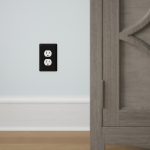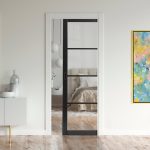The Importance of Plastic Outlet Covers for Home Safety
It’s essential to understand why plastic outlet covers are crucial for home safety. These simple yet effective devices play a significant role in preventing accidents. Especially with young children and pets in the house, uncovered outlets can pose a serious hazard. The risk of electrical shocks or burns is high when outlets are left exposed.
Moreover, plastic outlet covers help prevent the insertion of objects into the sockets. Curious kids often poke things into holes, and electrical outlets are no exception. Covering them with a plastic cover can avert potential injuries. They also act as a barrier to dust and debris, which could otherwise pose a fire risk if they collect inside the socket.
Finally, plastic covers are an affordable solution to a very real problem. They are a small investment in the overall safety of your home. Given the low cost and the high stakes of electrical safety, it’s a no-brainer to include them as an essential part of baby-proofing and home maintenance. With plastic outlet covers, you can achieve peace of mind knowing that one of the most hazardous elements in your home is secured.
Types of Plastic Outlet Covers Available
When choosing plastic outlet covers, you have several options. Each type offers unique benefits and fits different needs. Here’s a breakdown of the common types available:
- Standard Outlet Covers: These are the most common and budget-friendly option. They snap directly onto the outlet and provide a basic level of protection. Ideal for homes without small children.
- Sliding Plate Covers: These covers feature a sliding mechanism. You must slide the cover to access the plug, which snaps back into place when not in use. They offer added safety for households with toddlers.
- Box Covers: Designed for outdoor use, these covers protect outlets from the elements. They are bulkier and suit exterior sockets that face exposure to weather.
- Tamper-Resistant (TR) Outlet Covers: These have built-in shutters that prevent foreign objects from being inserted into slots unless a proper plug is pushed in. They are highly recommended for child safety.
Each type provides the fundamental benefit of securing electrical outlets. However, your choice depends on specific needs like child-proofing or weather resistance. Ensure the plastic outlet covers you select align with your priorities for protection and functionality.
Key Features to Consider When Selecting Outlet Covers
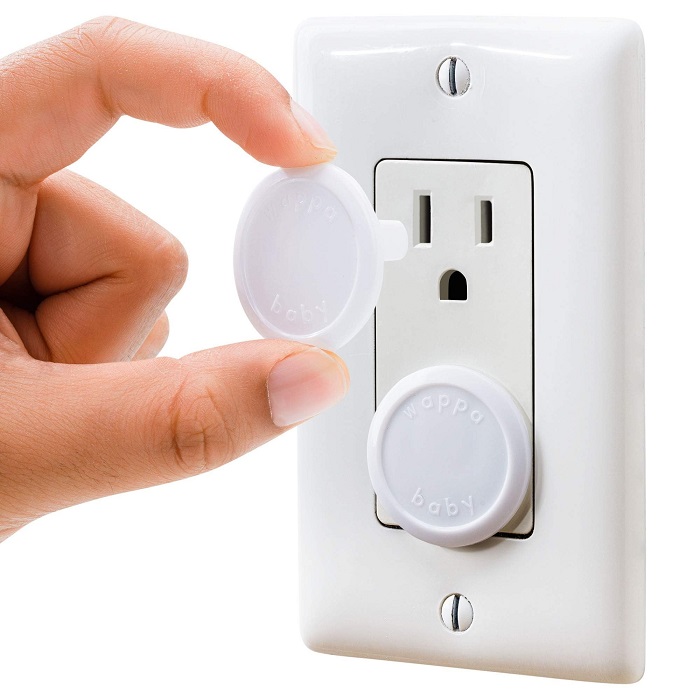
When choosing plastic outlet covers, consider several key features:
- Material Quality: High-quality plastic resists heat and impacts better. This enhances safety.
- Design: Some designs, like sliding plate covers, offer extra safety for children.
- Ease of Installation: Opt for covers that are easy to install without professional help.
- Compatibility: Make sure the covers fit your specific types of outlets.
- Certifications: Look for covers that meet safety standards and certifications.
These features help ensure the covers effectively protect against electrical hazards.
Installation Tips for Plastic Outlet Covers
Installing plastic outlet covers is a straightforward process that you can do yourself. Here are some tips to make the installation smooth and effective:
- Choose the Right Size: Ensure the covers fit your outlets perfectly. A loose cover won’t provide proper safety.
- Turn Off Power: Always turn off the power to the outlets you are working on. This prevents any electrical hazards during installation.
- Test Fit First: Before you fully install the cover, test fit it to make sure it snaps in place securely.
- Use Necessary Tools: Some covers might require a screwdriver or other tools for installation. Have these tools handy before you start.
- Follow Instructions: If the covers come with installation instructions, follow them carefully to ensure correct installation.
- Check Regularly: Once installed, check the covers periodically to make sure they remain secure and functional.
By following these tips, you can easily install plastic outlet covers and enhance the safety of your home.
Child-Proofing Your Home with Outlet Covers
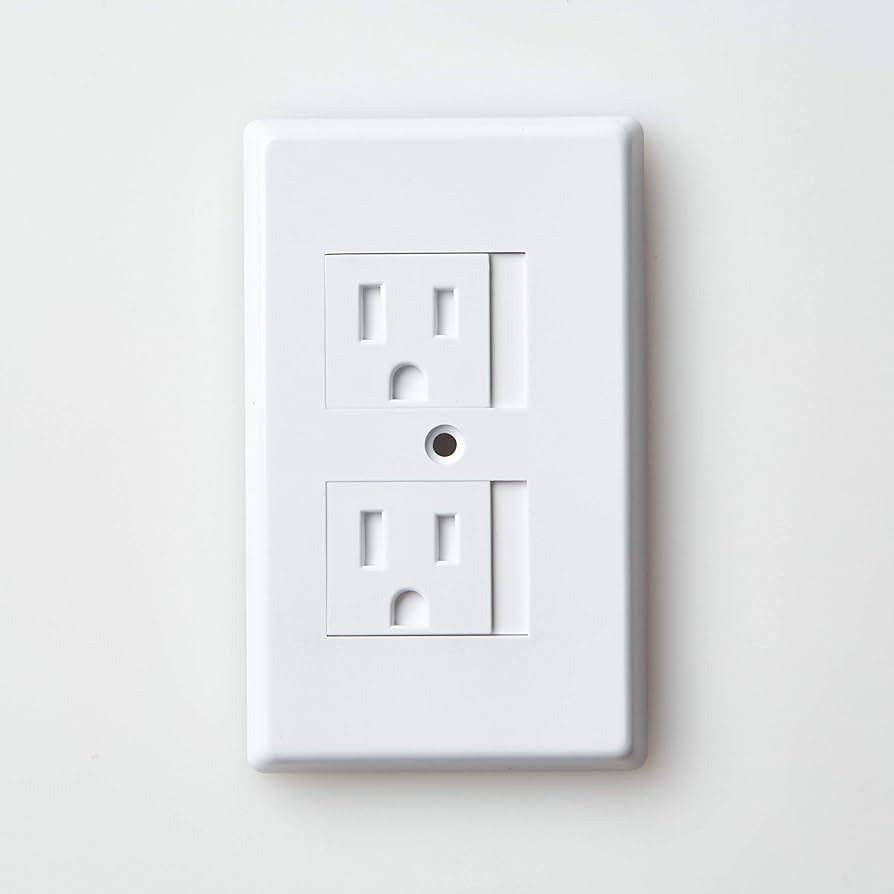
Child-proofing is vital for keeping little ones safe. Plastic outlet covers are a key part of this. They stop curious children from poking fingers or objects into outlets. When you start child-proofing, don’t overlook these covers. They are simple to add and offer big benefits in safety. Start by walking through your home. Look for outlets within reach of small kids. As a rule, cover all outlets in playrooms, bedrooms, and common areas.
Choose covers that children can’t easily remove, like sliding plate or tamper-resistant covers. They are harder for little fingers to bypass. It’s also important to teach kids about the dangers of electricity as they grow. This builds their understanding of why outlet covers are necessary.
Remember, child-proofing should evolve with your child’s age. Re-evaluate your outlet covers as your child learns and grows. They should always match up to your current safety needs. By using plastic outlet covers, you make a safer space for children to explore and play. This gives you peace of mind and keeps your family protected.
Aesthetics versus Functionality in Outlet Cover Design
When selecting plastic outlet covers, you may find yourself weighing design against function. Aesthetic appeal is important, but it should not compromise safety. Here’s how to balance the two.
- Match Your Decor: Plastic outlet covers come in various colors and styles. Pick ones that blend with your home’s design theme.
- Consider Visibility: Bright or unique designs can draw attention to outlets. This could be beneficial for safety or may clash with your decor preferences.
- Function Takes Precedence: While design is a factor, functionality is key. Prioritize covers that safeguard your family, especially in high-risk areas.
- Check for Distractions: Aesthetic covers should not distract from their purpose. Avoid designs that might entice children to play with the outlets.
- Quality Over Looks: No matter the design, choose high-quality, durable covers that resist heat and impact.
In conclusion, while aesthetics are important, they should support the primary role of outlet covers: safety. Opt for a design that complements your decor but maintains the protective features needed to keep your home secure.
The Durability and Longevity of Various Outlet Covers
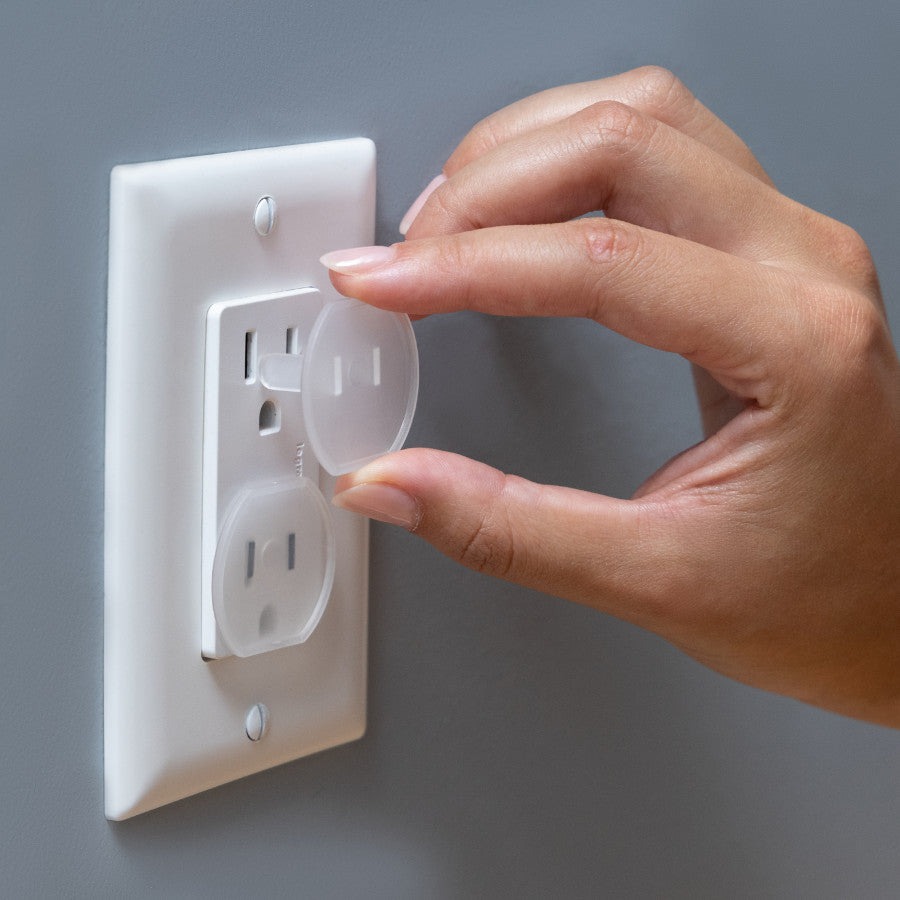
When looking for plastic outlet covers, durability and longevity are vital. Here are some points to consider:
- Material Strength: The strength of the plastic can determine how long the cover lasts.
- Usage Frequency: Covers in high-use areas may wear out faster.
- Resistance to Aging: Some plastics are better at resisting discoloration and brittleness over time.
- Design and Construction: Solid, one-piece covers may last longer than those with moving parts.
- Environmental Factors: Exposure to sunlight and extreme temperatures can affect longevity.
To ensure you choose durable plastic outlet covers, research the materials and read user reviews. Look for covers that have a reputation for lasting many years. Additionally, consider purchasing covers from reputable brands that offer warranties. These often signal confidence in the durability and longevity of their products.
By selecting high-quality plastic outlet covers, you invest in the long-term safety of your home. This adds value, as you’ll spend less time and money on replacements. Remember, the right cover is not just about immediate safety but also about enduring protection.
Balancing Cost and Quality for Outlet Cover Purchases
When buying plastic outlet covers, balance cost and quality. Cheap covers may not last or protect well. But, high-priced options aren’t always best either. Look for a middle ground. Price often reflects material strength and design. High-quality covers cost more, but they make sense for longevity and safety. Remember these points:
- Assess Your Needs: Match the cover type to your home risks. Don’t overspend on features you don’t need.
- Compare Brands: Some brands offer affordable yet durable covers. Check reviews and ratings.
- Bulk Purchases: Buying in bulk might save you money. It’s cost-effective for large homes.
- Avoid Ultra-Cheap: Extremely low-priced covers might fail quickly. They could cost more in the long run.
- Warranty Offers: Products with warranties may signal better quality. Consider this in your budget.
You want the best value for money, not just the lowest price. Don’t skimp on safety for a small saving. Choose plastic outlet covers that assure durability, reliability, and protection.
